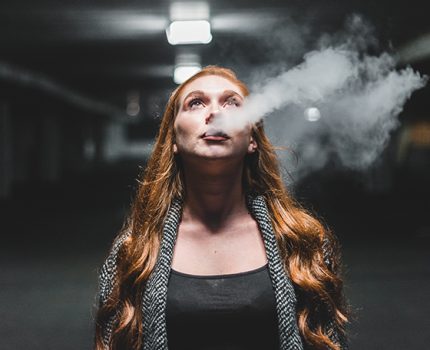How Board Games Inspire Costume Design: From Snakes and Ladders to RPG Outfits
Board games have long been a staple of entertainment and offer rich inspiration for costume design. Classic games like Snakes and Ladders evoke adventure and unpredictability, inspiring flowing fabrics and metallic accents in fantasy costumes. Role-playing games (RPGs) provide detailed settings where attire reflects characters’ backgrounds and abilities. Games like Dungeons & Dragons inspire elaborate armor and mystical robes. Additionally, strategy games like Catan and Risk contribute to historical and cultural costume designs. The collaborative nature of board games also encourages cohesive group costumes, blending individuality with unity. This interplay between board games and costume design remains a vibrant and ever-inspiring field, enriching both worlds.








